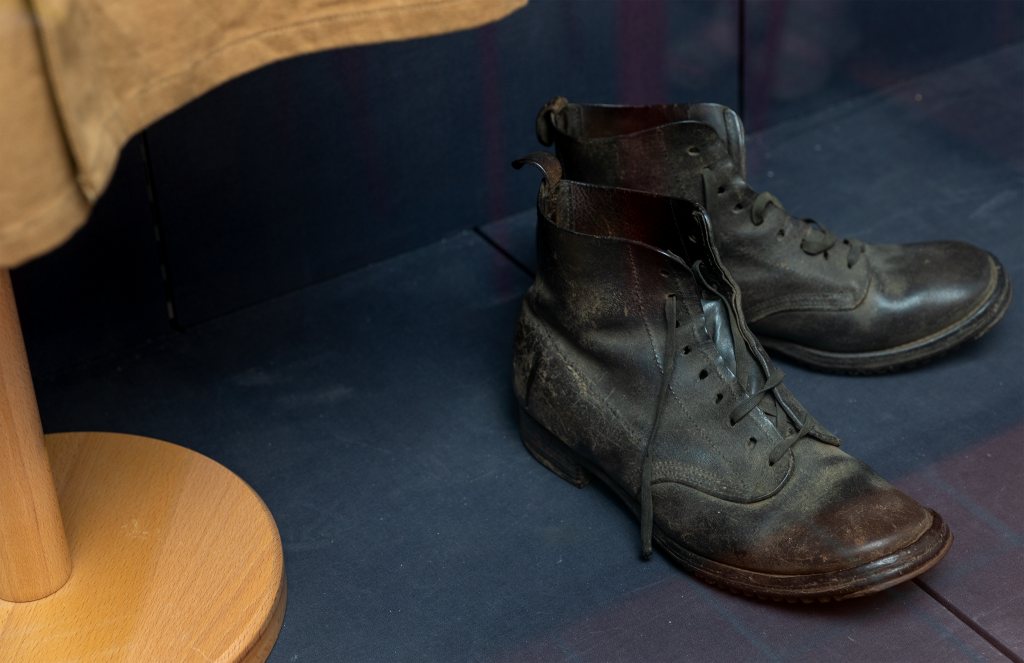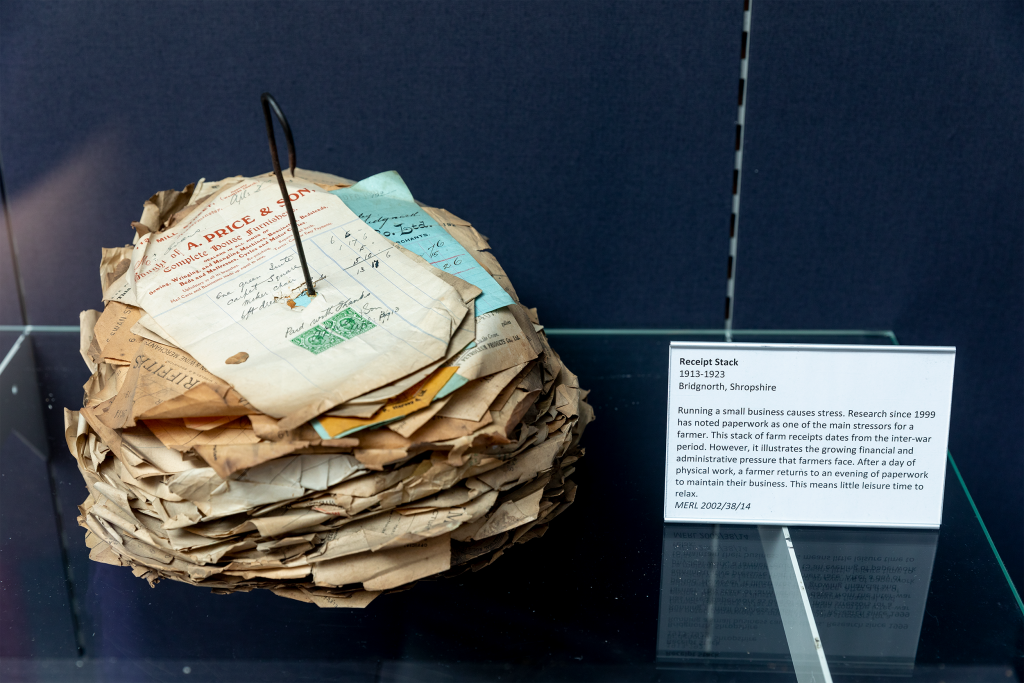Introducing Space to Think: Rural Wellbeing, our latest student exhibition
Written by Dr Rhi Smith, Director of Museum Studies, University of Reading.
How do you create a museum exhibition when you cannot get into the museum? Planning your first museum exhibition is tough experience at the best of times. Doing it online during a global pandemic takes that to another level. Even so, within the last year, our third year Museum Studies students at the University of Reading managed to pull this off in Space to Think: Rural Wellbeing. In this blog post, we examine how they achieved it.

Planning the exhibition
Maddie, Jack, Freya, Kat and Jemma had been learning about museum research, interpretation, and audience development for two years before planning Space to Think. They first met as an exhibition design team online in the summer term of 2020 while we were still in lockdown. When we came back in the autumn term, we managed to have a series socially distanced face-to-face meetings and workshops. One of the students suggested that the exhibition theme should look at mental health. Projects looking at wellbeing and mental health are on the rise in museums, as professionals and communities try to destigmatise conversations about this topic. This was also something which had become a big talking point during the difficult moments of lockdown.

We weren’t able to get everybody into the room, so we beamed in staff virtually via Microsoft Teams to discuss how this theme connected with our collections and ongoing projects. We used The MERL’s online catalogue, the Virtual Reading Room, and socially distanced trips to the real reading room and stores to engage with the collections. As the exhibition was to take place at The Museum of English Rural Life, students decided to focus on how mental health connects with the countryside.
Rural wellbeing
This was a not an easy topic to take on. We had discussions about how hard it is to find objects which can stand for abstract concepts. Students debated how to balance the positive and negative stories within this theme. It was decided that the community case would focus on how people in rural areas, especially farmers, might struggle with poor mental health and lack of access to support structures. The other section of the exhibition would explore how people used rural pastimes and places as a way to maintain good mental health. The team also made the decision to add trigger warnings and links to additional help.

Under other circumstances, the students would have worked with The MERL’s Learning and Engagement team to collaborate with community groups. However, given the challenges facing everybody during lockdown, it was decided that this would be asking too much of our community partners. Instead, the students looked at work published by community activist groups and researchers to bring in different perspectives. Mental health is a subject that needs to be handled with sensitivity. Writing museum text which is nuanced but easy to read is hard work, and students and staff worked through multiple edits.
The physical installation
One of the hardest things to achieve was the physical installation. For a long time we weren’t sure we’d be allowed to do this and we had resigned ourselves to a purely online exhibition. However, when we found out we could reopen, staff pulled together to get all the objects into the cases. Unfortunately, the students weren’t allowed to come into campus so we had to rely on their drawn designs and install objects using a live camera link for feedback.
We are so proud of our students for taking on a tough topic and sticking with it under such difficult circumstances. Over the last year, there was negative press about university students, but fewer stories about how young people were striving to complete their studies and give something back to the community. We hope you enjoy the results of their hard work.
You can visit Space to Think: Rural Wellbeing at The MERL until August 31st, or view an online version of the exhibition on our website.
